YANMAR 4LV230: The High-Performance 230hp V6 Marine Diesel
Advanced V6 engineering delivers an unbeatable combination of compact power, smooth operation, and legendary reliability.
Introduction

The YANMAR 4LV230’s compact V6 configuration packs a powerful punch in a minimal footprint, making it a top choice for space-conscious performance applications.
In the pursuit of optimal power-to-weight ratios and compact design, the YANMAR 4LV230 230hp marine diesel engine emerges as a standout performer. This engine is a testament to YANMAR’s engineering philosophy: create powerful, reliable, and incredibly space-efficient propulsion solutions. At Wave Inboard Motors, our direct experience with the 4LV series comes from numerous Marine Engine Installation Services for sportfish boats and performance cruisers where its compact V6 design solves critical space and weight distribution challenges.
The 4LV230 is engineered for high-performance applications where every pound and inch counts. It’s the ideal powerplant for planing hulls, sportfish boats, and express cruisers in the 30- to 42-foot range. Its advanced common-rail fuel injection and turbocharging deliver instant throttle response, exceptional fuel economy, and remarkably smooth, quiet operation—a significant upgrade from older, bulkier engine designs.
For owners considering a marine diesel repower, the 4LV230 often presents the perfect balance of power and packaging. Its ability to fit into tight engine rooms while delivering modern performance is a key advantage we leverage in our Marine Engine Repowering Solutions. To understand the full scope of such an investment, we recommend our guide 【Calculating the True Cost of a Marine Repower】.
Technical Specifications Table
| Specification | Detail |
|---|---|
| Model | YANMAR 4LV230 |
| Engine Type | 6-Cylinder, 4-Stroke, V6, Turbocharged & Aftercooled, Common Rail Diesel |
| Displacement | 4.2 L |
| Max Output | 230 HP (169 kW) @ 3300 RPM |
| Peak Torque | Approx. 479 lb-ft (650 Nm) @ 1900 RPM |
| Bore x Stroke | 94 mm x 100 mm |
| Compression Ratio | 17.0:1 |
| Cooling System | Freshwater Heat Exchanger |
| Starting System | 12V Electric Start |
| Alternator Output | 12V, 80A |
| Dry Weight | Approx. 860 lbs (390 kg) |
| Dimensions (LxWxH) | Approx. 43.7″ x 29.5″ x 32.7″ (1110mm x 750mm x 831mm) |
| Gear Ratio Options | ZF 63A (Various ratios available) |
Competitor Comparison Table
| Feature | YANMAR 4LV230 | Volvo Penta D4-225 | Cummins QSB5.9-250 |
|---|---|---|---|
| Engine Type | V6, Turbo, Common Rail | Inline-4, Turbo, Common Rail | Inline-6, Turbo, Common Rail |
| Power & Torque | 230hp, Excellent Torque | 225hp, Good Torque | 250hp, High Torque |
| Weight | 860 lbs | 1034 lbs | 1190 lbs |
| Packaging | Excellent (Compact V6) | Good | Less Compact (Inline-6) |
| Smoothness | Very Smooth | Very Smooth | Smooth |
| Key Differentiator | Best Power-to-Weight Ratio | Proven 4-Cylinder Design | Inline-6 Durability |
Verdict: The YANMAR 4LV230’s compelling advantage is its exceptional power-to-weight ratio and compact V6 dimensions. While the Volvo Penta D4-225 offers a proven inline-4 design and the Cummins QSB5.9 provides classic inline-6 torque, the 4LV230 is the ideal choice for high-speed planing hulls and repower projects where maximizing performance while minimizing weight is paramount. For a detailed analysis, our article Yanmar vs. Volvo Penta vs. Vetus: Choosing a Premium Marine Diesel provides a deeper comparison.
Replacement Options Table
| Option | Major Overhaul of Old Engine | Repower with YANMAR 4LV230 | Repower with Larger Inline-6 |
|---|---|---|---|
| Condition | “Zero-Hour” but Outdated | Brand New, Modern Technology | Brand New, Modern Technology |
| Warranty | Limited (on workmanship) | Full YANMAR Factory Warranty | Full Manufacturer Warranty |
| Performance | Restored to Original | Superior Power & Efficiency | Higher Peak Power |
| Weight Savings | None | Significant (200-400 lbs typical) | Minimal or Negative |
| Project Value | Minimal Increase | Maximum Performance per Pound | Significant Value Increase |
Expert Recommendation: For performance-oriented vessels where weight distribution directly impacts speed and efficiency, the YANMAR 4LV230 is frequently the superior choice. The significant weight savings over many older engines and even some modern equivalents directly translates to faster planing, higher top speeds, and better fuel economy. Before deciding, a Marine Engine Diagnostic Service is crucial to assess the condition of your stern gear and fuel systems to ensure they match this high-performance powerplant.
Pros and Cons Table
| Pros | Cons |
|---|---|
| Exceptional Power-to-Weight Ratio | Premium Price Point |
| Compact V6 Design for tight spaces | Complex turbo system requires expert maintenance |
| Smooth, Quiet Common Rail Operation | Higher RPM range than larger displacement engines |
| Excellent Throttle Response & Acceleration | Requires diligent 【Scheduled Marine Diesel Maintenance】 |
| YANMAR’s Global Dealer & Parts Network |
Frequently Asked Questions (FAQ)
Q1: What is the main advantage of the V6 configuration in the 4LV230?
A: The primary advantage is packaging efficiency. The V6 design is significantly shorter in length than an inline-6 of similar displacement, making it ideal for vessels with limited engine room length. This compact design also contributes to its excellent power-to-weight ratio.
Q2: How does the 4LV230 compare to the 4LV250 model?
A: Both share the same compact V6 block and displacement. The 4LV250 produces more power (250hp vs 230hp) and torque through different turbocharging and engine tuning. The 4LV230 provides exceptional performance while potentially offering better long-term reliability due to slightly lower operating stresses.
Q3: Is the 4LV230 suitable for commercial applications?
A: While capable, the 4LV230 is engineered with a focus on high-RPM performance and lightweight construction, ideal for planing leisure vessels. For continuous heavy-duty commercial operation, a larger displacement inline engine like a 【Cummins QSB6.7】 might be more appropriate for long-term durability.
Q4: What is the most important maintenance consideration for the 4LV230?
A: Fuel quality and filtration are paramount. The high-pressure common rail system has extremely tight tolerances. Water or debris in the fuel can cause catastrophic damage to injectors and the high-pressure pump. Adherence to a strict Scheduled Marine Diesel Maintenance schedule using OEM filters is non-negotiable.
Q5: Can the 4LV230 be used as a generator engine?
A: While technically possible, the 4LV230 is optimized for marine propulsion. Its operating characteristics and cost make it less ideal for generator duty compared to engines specifically designed for constant RPM operation.
Links to Core Services Pages (Commercial Intent):
-
【Marine Engine Installation Services】: Established our direct, hands-on experience in the introduction.
-
【Marine Engine Repowering Solutions】: Positioned as the overarching service for this upgrade.
-
【Marine Engine Diagnostic Service】: Recommended as a critical pre-purchase step in the “Expert Recommendation.”
-
【Scheduled Marine Diesel Maintenance】: Placed in the FAQ to address the critical need for expert care.
Links to Informational Blog Posts (Informational Intent):
-
【Calculating the True Cost of a Marine Repower】: Targets high-intent users researching the financial investment.
-
【Yanmar vs. Volvo Penta vs. Vetus: Choosing a Premium Marine Diesel】: Captures users in the comparison phase.
-
【Understanding Modern Common Rail Diesel Systems】: Provides technical background relevant to this engine’s operation.



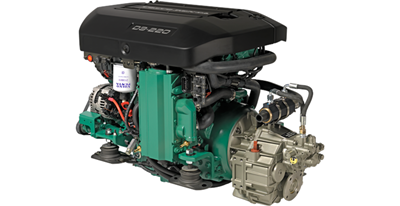
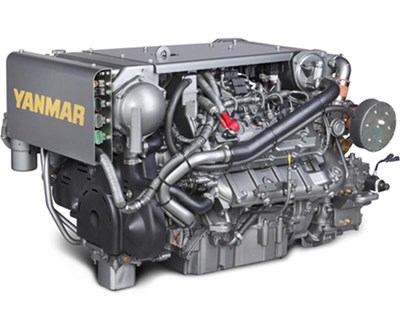
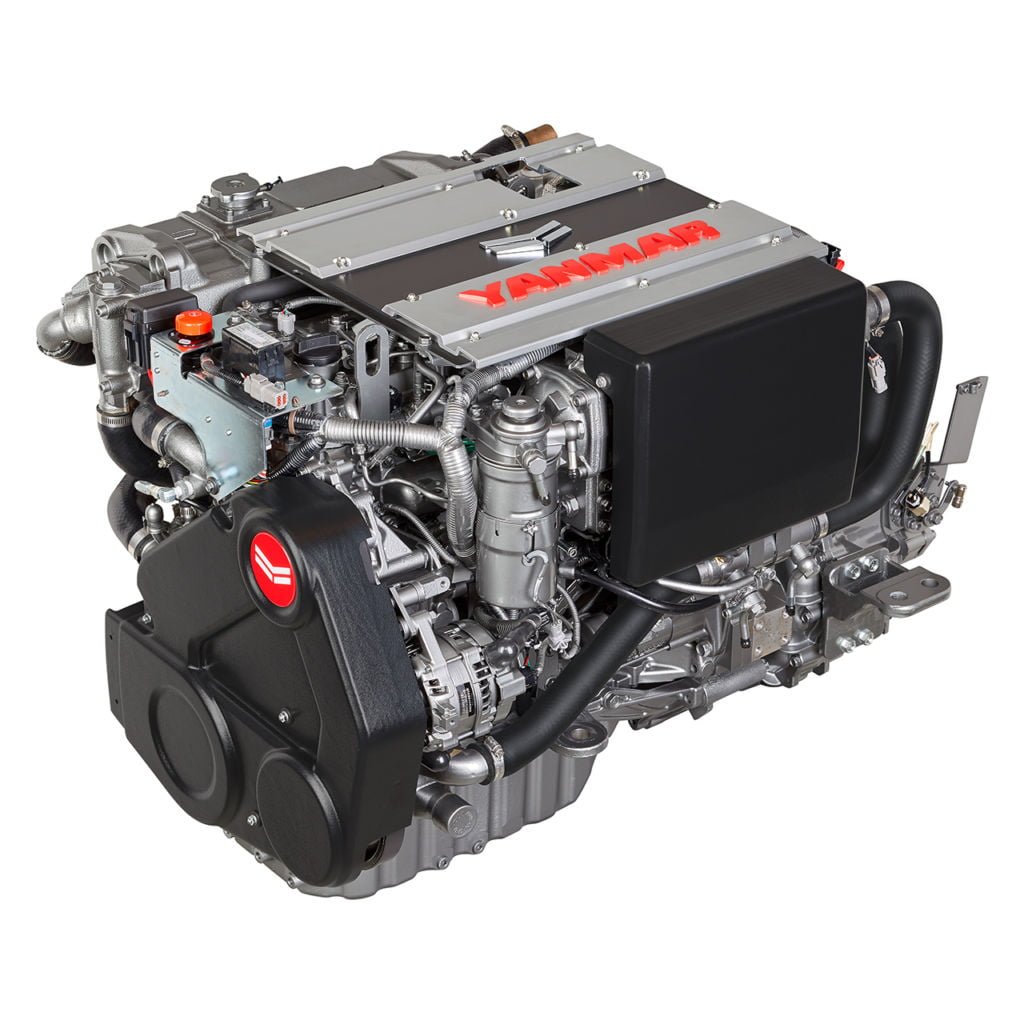


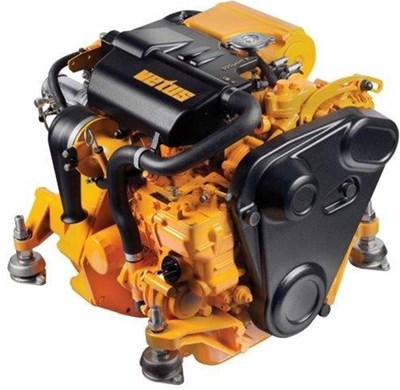
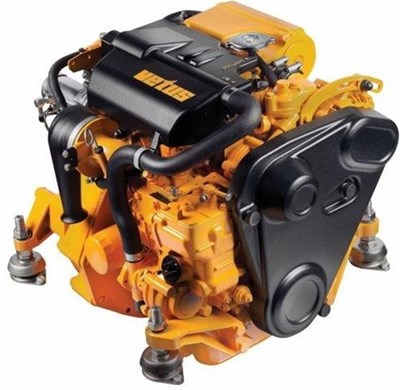
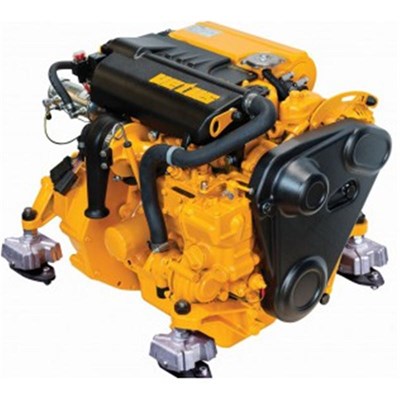
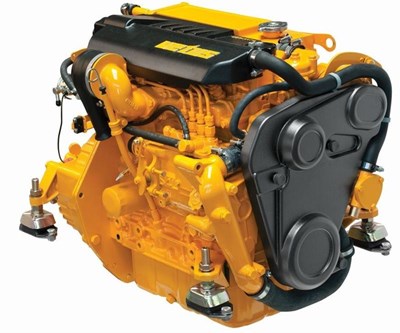
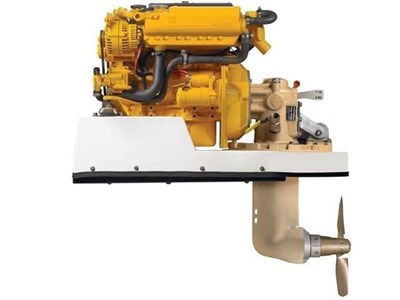
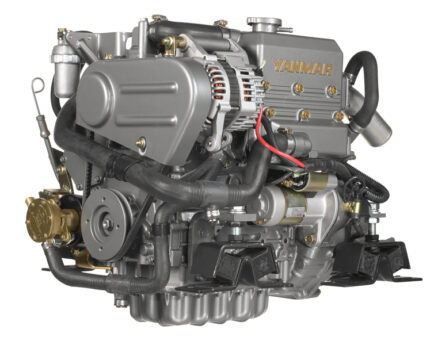
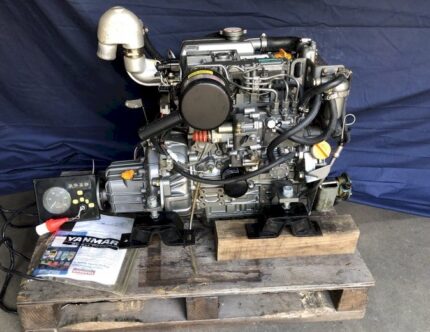
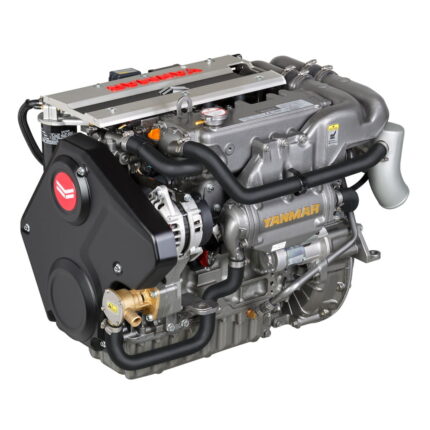
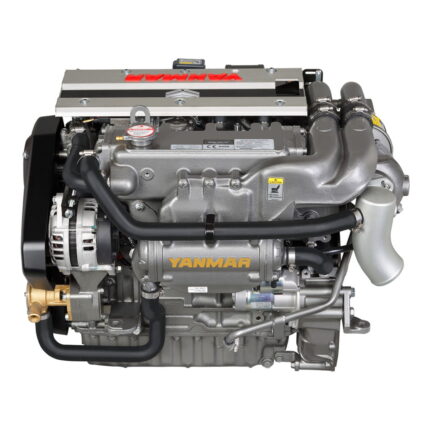









Reviews
There are no reviews yet.